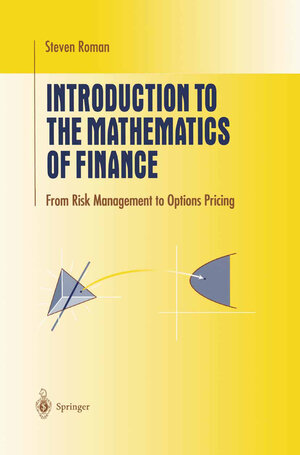
From the reviews of the first edition:
„The book concentrates on discrete derivative pricing models, culminating in a careful and complete derivation of the Black-Scholes option pricing formula as a limiting case of the Cox-Ross-Rubinstein discrete model. … The mathematics is not watered down but is appropriate for the intended audience. … No background in finance is required, since the book also contains a chapter on options.“ (L'ENSEIGNEMENT MATHEMATIQUE, Vol. 50 (3-4), 2004)
„The book is basically a textbook on the mathematics of financial derivatives on equity … . The text covers the material with precision, with detailed discussions, not avoiding the topics that require a bit more of mathematical maturity, and this it does with clarity. In particular, the discussion of optimal stopping is clear and detailed.“ (Eusebio Corbache, Zentralblatt MATH, Vol. 1068, 2005)
The Mathematics of Finance has become a hot topic ever since the discovery of the Black-Scholes option pricing formulas in 1973. Unfortunately, there are very few undergraduate textbooks in this area. This book is specifically written for advanced undergraduate or beginning graduate students in mathematics, finance or economics. With the exception of an optional chapter on the Capital Asset Pricing Model, the book concentrates on discrete derivative pricing models, culminating in a careful and complete derivation of the Black-Scholes option pricing formulas as a limiting case of the Cox-Ross-Rubinstein discrete model. The final chapter is devoted to American options.
The mathematics is not watered down, but is appropriate for the intended audience. No measure theory is used, and only a small amount of linear algebra is required. All necessary probability theory is developed throughout the book on a „need-to-know“ basis. No background in finance is required, since the book also contains a chapter on options.



